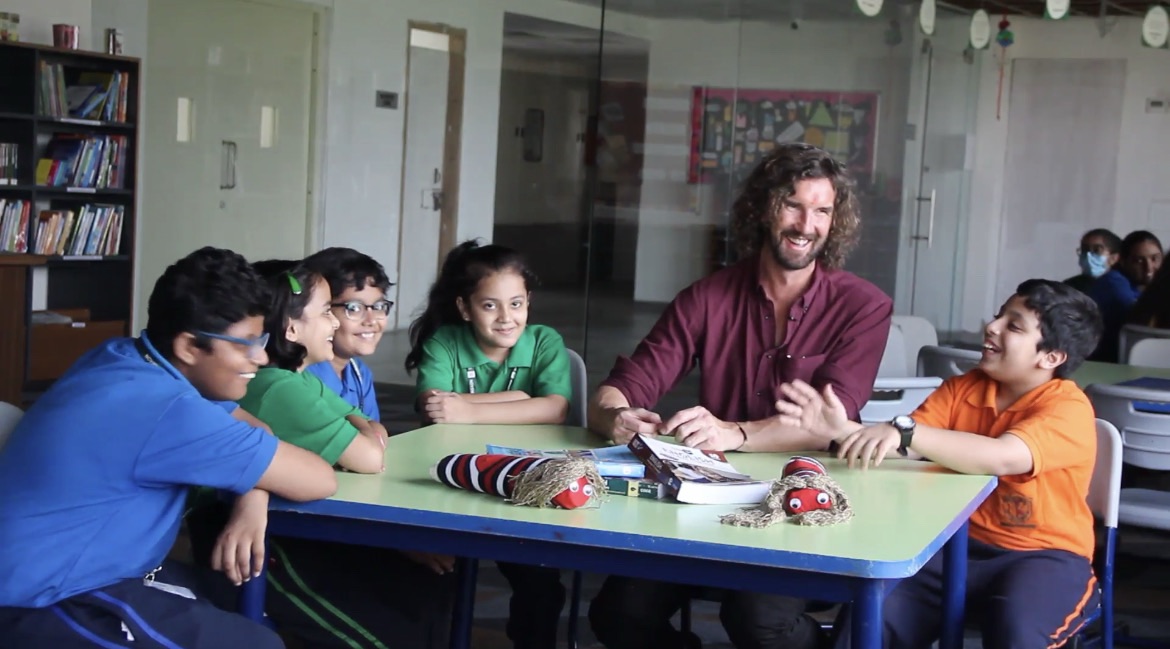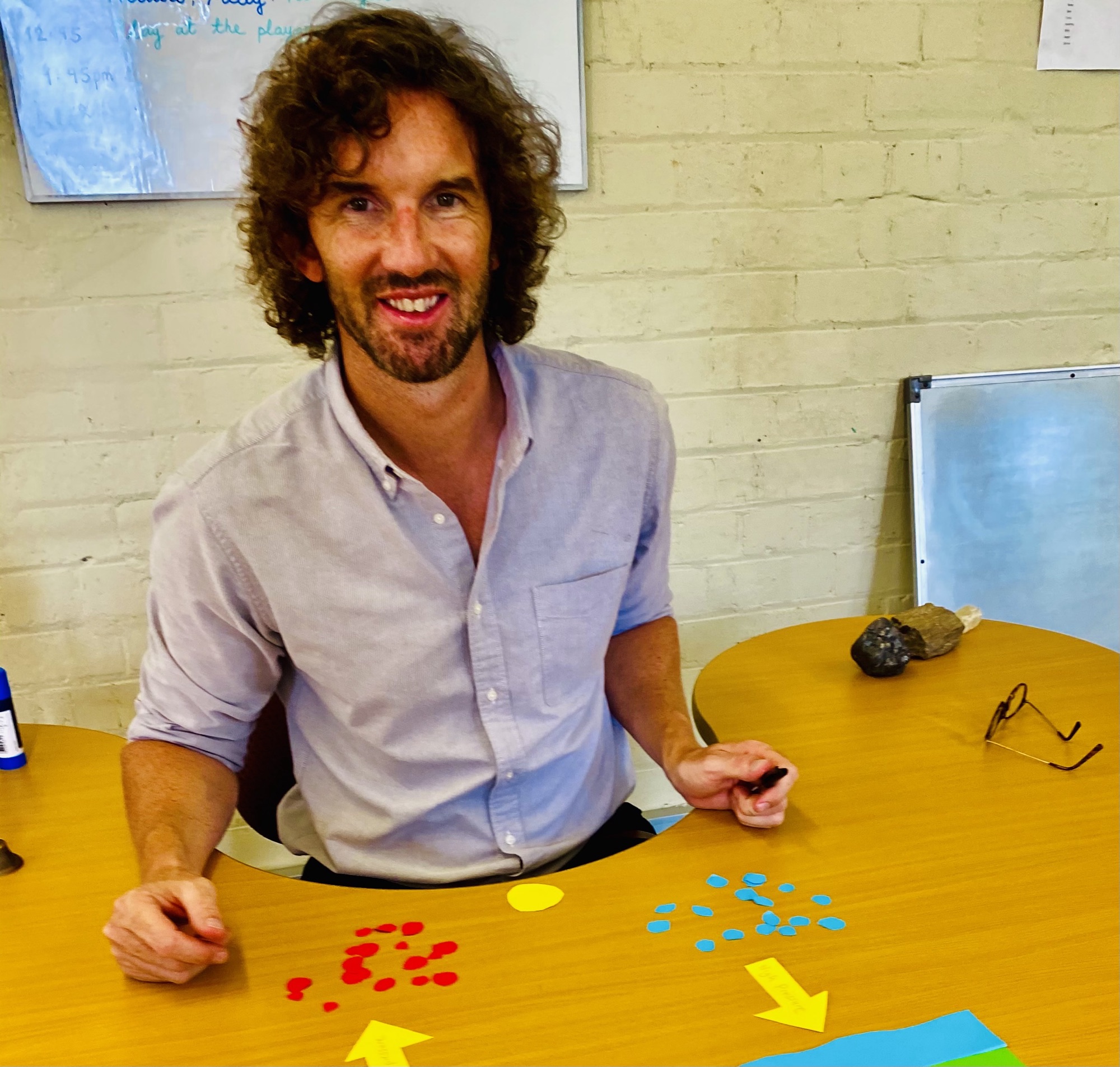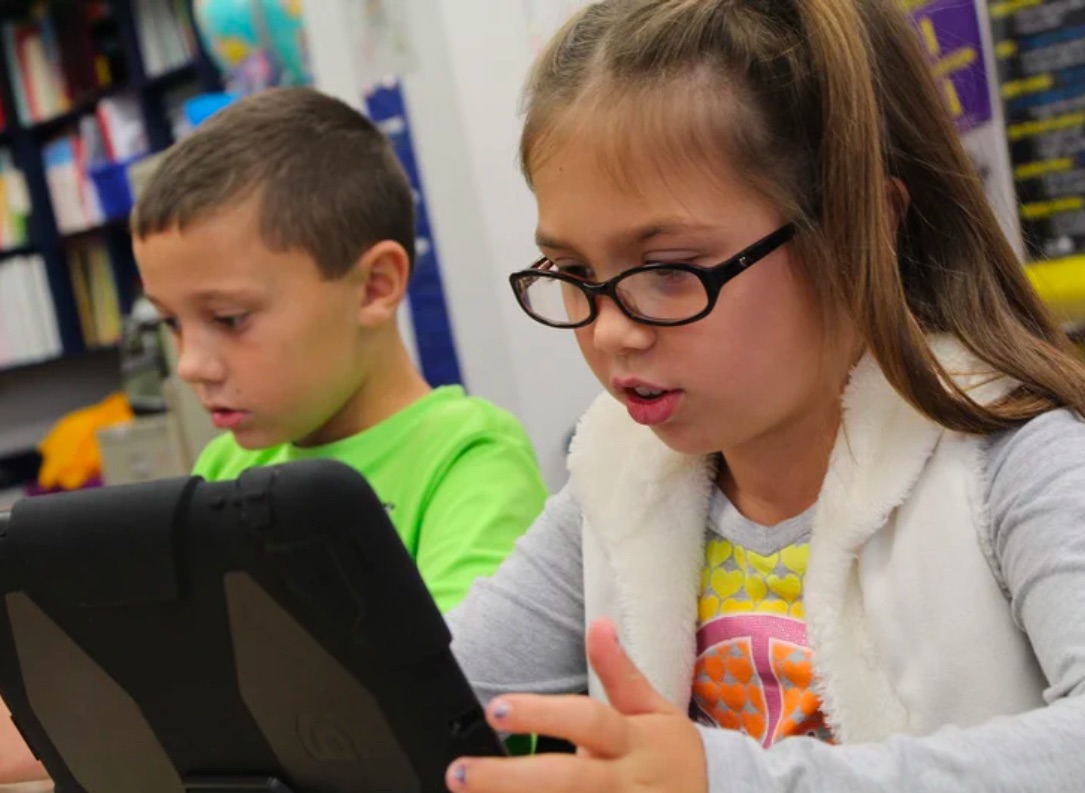Please read below to find the link to your free Interactive Timetable for Families During Lockdown.
For any families moving into online learning this week, I have created a new interactive ‘learning from home’ timetable which can be downloaded for free HERE.
This can be used alongside any remote learning framework your school may have provided. I have also put together a list of tips that may help families establish a good routine from the outset! See below!
Not everything in the list below may be possible or applicable to your situation, but I wanted to share it with you in case any of this advice is relevant and helps you through the week ahead.
- Make a designated learning space in your house.
Whilst not always possible, the ideal situation when attempting to move towards an independent form of learning from home is to choose a corner in the house or somewhere quiet where you can set up a small table, some resources such as a laptop or iPad, some cardboard, scissors, etc, and explain to your child that during the hours of school, this will be the area in which they will conduct their work. Make the space as much like school as you can and make sure that everything they need is accessible. This way they will have fewer excuses to disturb you while you work from home, thus fostering independence.
- Have a morning meeting and set the boundaries and expectations.
Expectations are an absolute must and a morning meeting can help set these in stone, it is crucial that together we inform the children of how the day will run, set your expectations, your rules, and make sure that both the child and you know what is happening educationally throughout the day. A daily visual diary is a good idea. Parents and children can plan this together in the morning as a scheduled routine. At the end of each day, ensure there is time for reflection and preparation for tomorrow. “Is everything tidy and ready for another day of independent learning tomorrow? That’s great, now let’s go and relax.”
- Try to have as many materials as possible available to your child.
During times of home education, you’ll want your children to be as independent as possible. The more resources you have accessible to your children during the learning period, the less they will have to ask your permission to use certain items. Provide your children with cardboard, paper, scissors, glue, colours, paint, etc, and set the limits and rules on the use of these during the day. Setting expectations similar to those at school will benefit everyone greatly.
- Discuss the non-negotiables.
Children in school are expected to make sure that at least 45 minutes of both mathematics and English are included in any plan for the day. Parents should make sure that before any projects, creative arts or passion projects take place, at least 90 minutes of maths/English have been completed. It is normal procedure to complete these subjects during the morning work cycle, therefore leaving time in the afternoon for cosmic education, science, history, geography and passion projects. As much as possible, parents must stress the fact that during the expected times of work, children should not seek help from Mum or Dad. All tasks should be discussed before the day starts. “We all have work to do today, let’s meet during lunch to discuss what we have completed and what we’re going to do in the afternoon.”
- Make a timetable and set time limits.
Students love routine and to break this can cause serious disruption for you and them. Good practice is to make sure that the daily timetable is displayed in sight of the child’s work area and a clock is clearly visible to them. A blank timetable can be found by clicking here. This can be updated during the morning meeting each day, so everyone is clear of the expectations that have been set.
- Discuss options of what to do when your children do not know what to do next.
For parents to be able to work whilst their children are at home, minimal interruptions and questions about what to do next are important. Parents can design a short list entitled ‘What to do when I don’t know what to do next’ and stick this on the wall. I have created one for families — if you wish to download it you can click here.
- Allow your children to have a break.
Even though adults are happy to work without a break for long periods, children need a break to rest, stretch, eat a snack, or drink some water. Parents should try to make sure that these times are allocated in the daily plan and adhered to by the child. A sand timer is a wonderful way to scaffold this. “You can have a ten-minute break during the morning whenever you like, but you must use the sand timer and when the sand runs out, it’s back to work.”
- Use technology to your advantage.
Technology allows our children to be engaged in ways they may not have explored before. Videos, blogs and articles are great ways for children to learn valuable facts. Whilst the school will try its best to make sure that all learning is secure, parents have a responsibility to make sure that all parental locks on devices are activated, and to have the serious conversations around appropriate viewing expectations and online research tools that are acceptable before any E-learning begins.
- Encourage collaboration where possible.
If children have siblings who may be able to assist, parents can encourage group learning and collaboration within the household where possible. FaceTime and Skype can also allow children to communicate with their peers from school and learn from each other, where appropriate and within the limits of online safety.
- Try to acknowledge the children’s hard work and provide positive feedback.
As parents discuss the expectations of each day, time must be made for feedback. Children love to feel that their hard work is appreciated, and will appreciate being given a window of time to show you their completed work. Parents are advised to respond with positive feedback where possible, and to reinforce the expectations for the next day and of how proud they are of their child’s ability to work independently and responsibly. It is not always possible, however this time usually falls at the close of the school day — not at the end of the business day. Children love real-time feedback, so parents could try to make a window of time to sit with their child at 3pm and discuss the efforts and achievements of their children.
- Finish the day by preparing for tomorrow.
Children must make sure that before the working day ends and the relaxation begins, they are ready for tomorrow. This involves a written reflection of how they feel the day went and a good spring cleaning of their working space, to make it ready for another day of independent learning.
Good luck everyone!!! ❤️











2 Responses
All they should read that article. Incredible work once again. Thanks for sharing.
Hi Gavin! With over 3 decades of experience in education helping children become their best version. Would love to contribute to the 1 hour teaching to children during September. Pls connect how I can add value to our beautiful children.